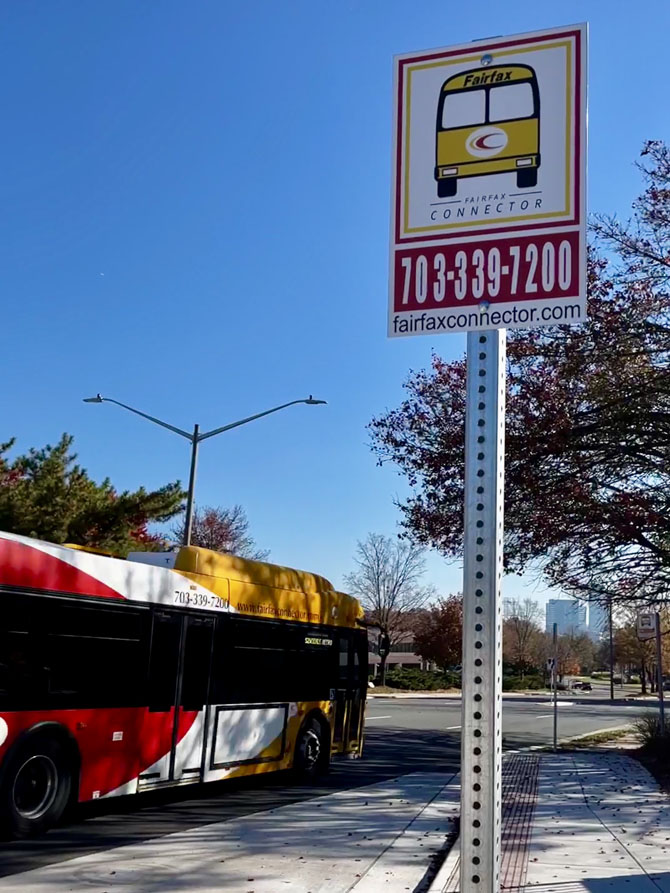
Photo by Mercia Hobson|The Connection
Fairfax Connector fares increase.
On Monday, July 29, fare increases for riding the Fairfax Connector began. Riders will pay 12.5 percent more. Children 12 and under will continue to ride free with a paying adult. The last increase occurred on June 25, 2017, with a 12.5 percent adjustment.
The regular base fare for Fairfax Connector trips will rise from $2 to $2.25, whether by cash or SmarTrip card. The base fare for seniors and those with disabilities will rise from $1 to $1.10.
The 2024 increase is happening because, on July 16, the Fairfax County Board of Supervisors unanimously voted to increase Fairfax Connector fares by 12.5 percent. The supervisors copied the same percent fare increase that the Washington Metropolitan Area Transit Authority (WMATA) implemented for Metro Rail and Metrobus on weekdays. WMATA’s increase took effect on June 30, 2024.
The increase is not a small change, especially for Fairfax Connector riders who are already struggling with increased consumer costs and a dollar whose purchasing power has decreased by 22 percent since 2017.
The Consumer Price Index (CPI) Summary, released on July 11, 2024, reports all items increased by 3 percent, with shelter +5.25% and energy services +4.3% according to Percent Changes in CPI for All Urban Consumers (CPI-U): U.S. city average, unadjusted 12-months ended June 2024.
Fairfax County describes the 12.5 percent fare increase as "slight" in its July 16 released statement, "Fairfax Connector Fare Change Effective July 29, 2024." Calling the fare increase “slight” would presumptively appear to be relative to what one has available in one's pocket.
The Consumer Price Inflation Calculator cites an erosion of a dollar's buying power in 2024 compared to 2017. In 2024, a dollar will buy 78 percent of what it did in 2017. In other words, the buying power of a 2024 dollar is 22 percent less than it was in 2017.